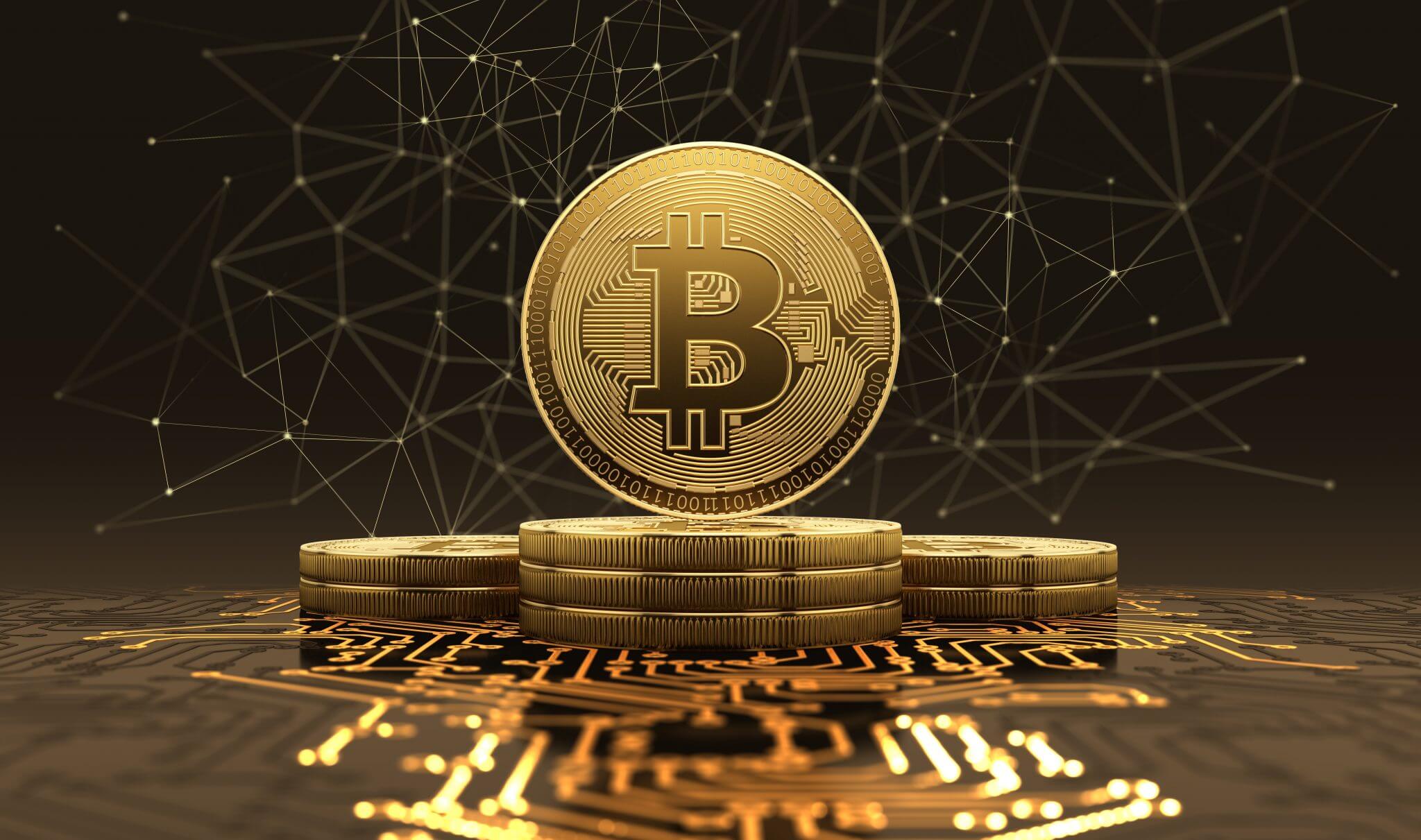What is Bitcoin?
The answer to this question can take many forms. We could define bitcoin as a type of accounting ledger, a financial investment in the form of assets or as a digital currency. Of these definitions, the most common and the one we will use is an investment option. This is because this cryptocurrency has a high volatility and its price varies widely compared to other assets. Those who would like to utilize cryptocurrencies as a means of payment currently have a whole range of payment possibilities. Bitcoin is an accepted form of payment to a wide range of merchants; from coffee shops to big e-shops. If You would like to find out more about Bitcoin, here it is: https://en.wikipedia.org/wiki/Bitcoin
How did it start?
A Developer using the nickname Satoshi Nakamoto released Bitcoin in 2008. It was a concept digital currency with which it would be possible to pay and execute transactions without the need of a third party mediator. Furthermore, the code contemplated that there would be a limited number of Bitcoins which can not increase in the future. Most experts agree that miners will obtain most of the available coins by 2025. This mechanism limits the debasement of the currency via inflation and should be an option for fiat money. Governments are able to issue more currency at will, which can lead to hyperinflation. Since Bitcoin has a set limit from the start, there is no possibility of it running into this problem.
How does Bitcoin work?
Bitcoin as a cryptocurrency works on the Blockchain technology principle. This decentralized technology enables payments without the need of third parties. At the same time, problems like counterfeiting and double spending are almost impossible with the use of blockchain.
There are two kinds of users in the system. On one hand, there are cryptocurrency miners, who mine the cryptocurrency via calculations of an algorithm that is getting more and more complex. As time goes on, the amount of currency available for mining decreases and the complexity of their mining increases. Afterward, the mined currency gets into blocks that contain transaction chains. On the other hand, there are people who perform transactions. These transactions are later sequenced in the chain into “blocks” which cannot be changed. Miners confirm the validity of each transaction by corroborating the blockchain in order to obtain their reward. Once validated, these transactions cannot be rescinded and the system does not allow any changes to this transaction.
Benefits and Drawbacks of Bitcoin
The indisputable benefit of Bitcoin is its faultlessness, avoidance of fees for the third party and the option of simple transfer via national borders. Certain countries have currently established limitations of the transaction amount across the borders, you do not need to deal with it in case of Bitcoin. As opposed to that, there is its high volatility and staggering fluctuations of this digital currency. Another drawback is demanding transactions from the energy and time perspective.
Digital currencies “make wrinkles on the forehead” of the bank system and governments and that’s why some countries have imposed a ban on trading or maintaining digital currencies. At the same time, it is not desirable for governments to lose an overview of the money flow and executed transactions between the purchaser and the seller. So far, most of the advanced economies have a rather positive attitude to Bitcoin and cryptocurrencies and have created a sort of framework of rules rather than strict bans.






